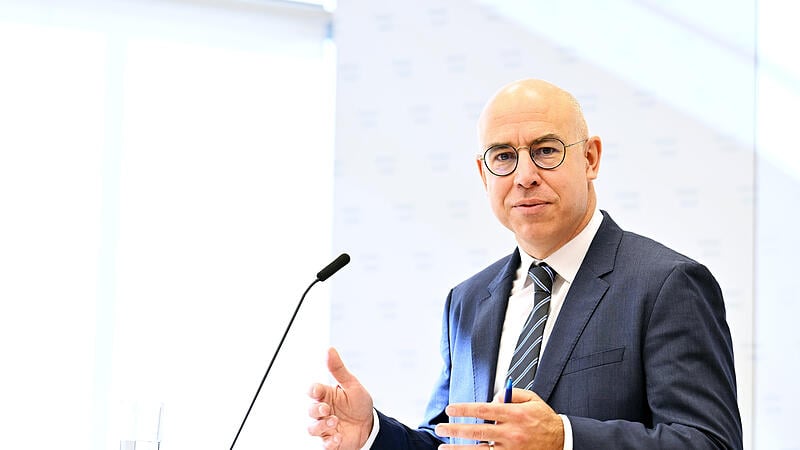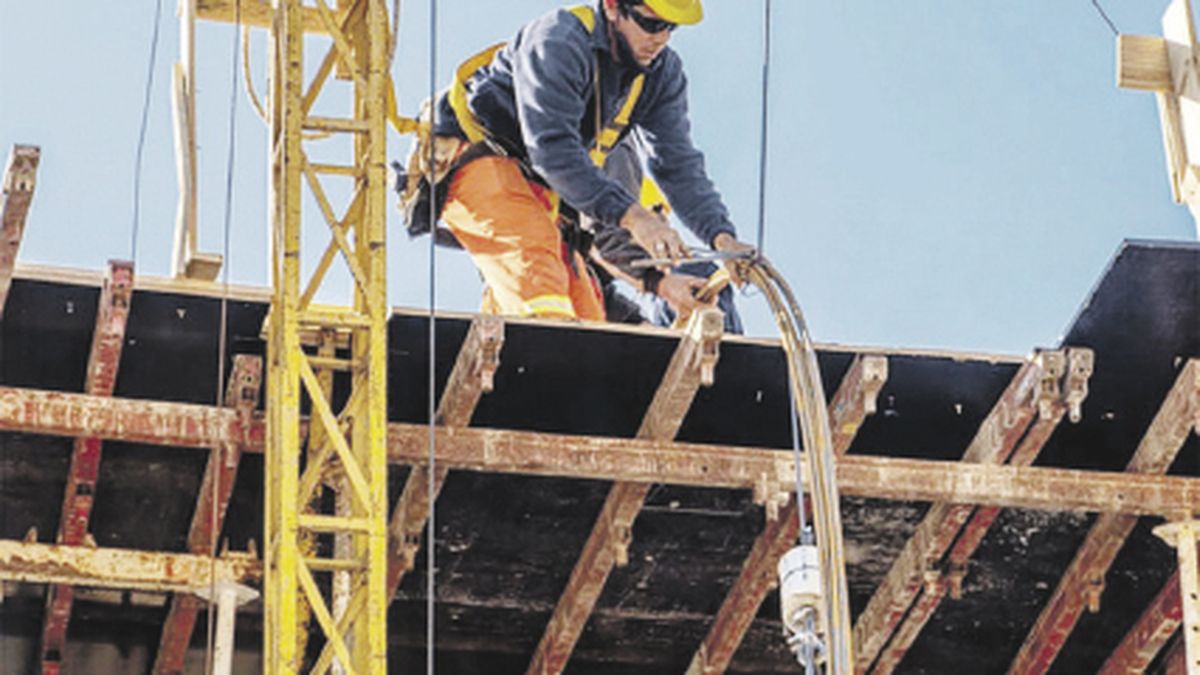Image: Marijan Murat (dpa)

Image: HANS KLAUS TECHT (APA)
“The biggest challenge is inflation. The price dynamics are far too high,” said Wifo boss Gabriel Felbermayr on Thursday at the presentation of the spring forecast in Vienna. “That worries me.” Politicians must “switch over and devote themselves to fighting inflation,” said Felbermayr. The interim IHS director Klaus Neusser called for a more restrictive fiscal policy. The government’s measures should aim for “more accuracy”, said Neusser.
In their economic spring forecast published today, Wifo and IHS have noticeably corrected the inflation rate expected for the current year upwards. Last December, economic researchers were still expecting inflation of 6.5 or 6.7 percent in Austria for 2023. Now the forecast increase in the consumer price index (CPI) is 7.1 or 7.5 percent. In the previous year, inflation was 8.6 percent.
High energy prices as drivers
According to the economic research institute (Wifo), the high energy prices will be passed on to other goods and services more quickly and to a greater extent than assumed in the last economic forecast. In the coming year, the experts expect the inflation rate to halve to 3.5 percent (IHS) and 3.8 percent (Wifo).
Both institutes left their forecast for domestic economic development almost unchanged compared to December. Economic growth in Austria will be severely slowed down this year by high inflation and weak international demand, among other things, and according to Wifo and IHS should only be 0.3 and 0.5 percent in real terms, respectively. In the second half of the current year, the Wifo economists expect “an economic revival” and the IHS researchers expect a return to “a stable growth path”. In the coming year, the experts expect economic growth of 1.4 percent (IHS) and 1.8 percent (Wifo).

Image: HANS KLAUS TECHT (APA)
roller coaster ride of the economy
Austria’s economy has experienced a roller coaster ride in recent years: After the corona-related slump in real economic growth of minus 6.5 percent in 2020, things went up again steeply in 2021 with plus 4.6 percent and in 2022 with plus 5 percent. In the second half of 2022, an international economic slump set in, which also affected the Austrian economy.
However, the stagnation of the economy in the current year has hardly left any traces on the labor market. Wifo expects the national unemployment rate to rise by just 0.1 percentage points to 6.4 percent, while IHS expects it to move sideways. For 2024, the experts expect the unemployment rate to fall to 6.1 or 6.2 percent.
Inflation helps the public budget
However, the high inflation is helping the public budget: Due to inflation, tax revenues are rising much faster than government spending and the nominal gross domestic product is expected to climb by 7.4 percent to 480.6 billion euros in the current year. For this year, Wifo expects a state financing balance as a percentage of gross domestic product (GDP) of minus 1.8 percent, the IHS with a budget balance of minus 2.9 percent.
Source: Nachrichten




